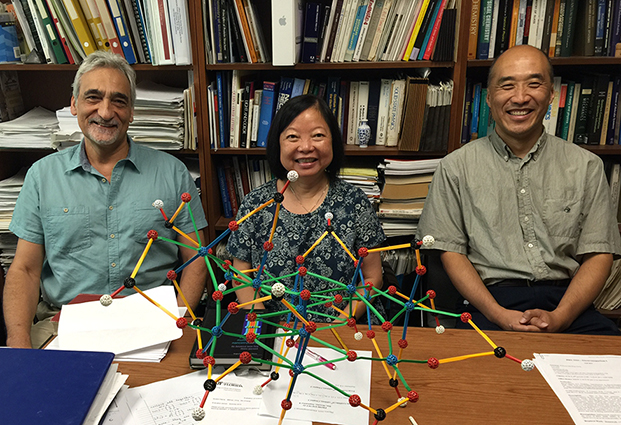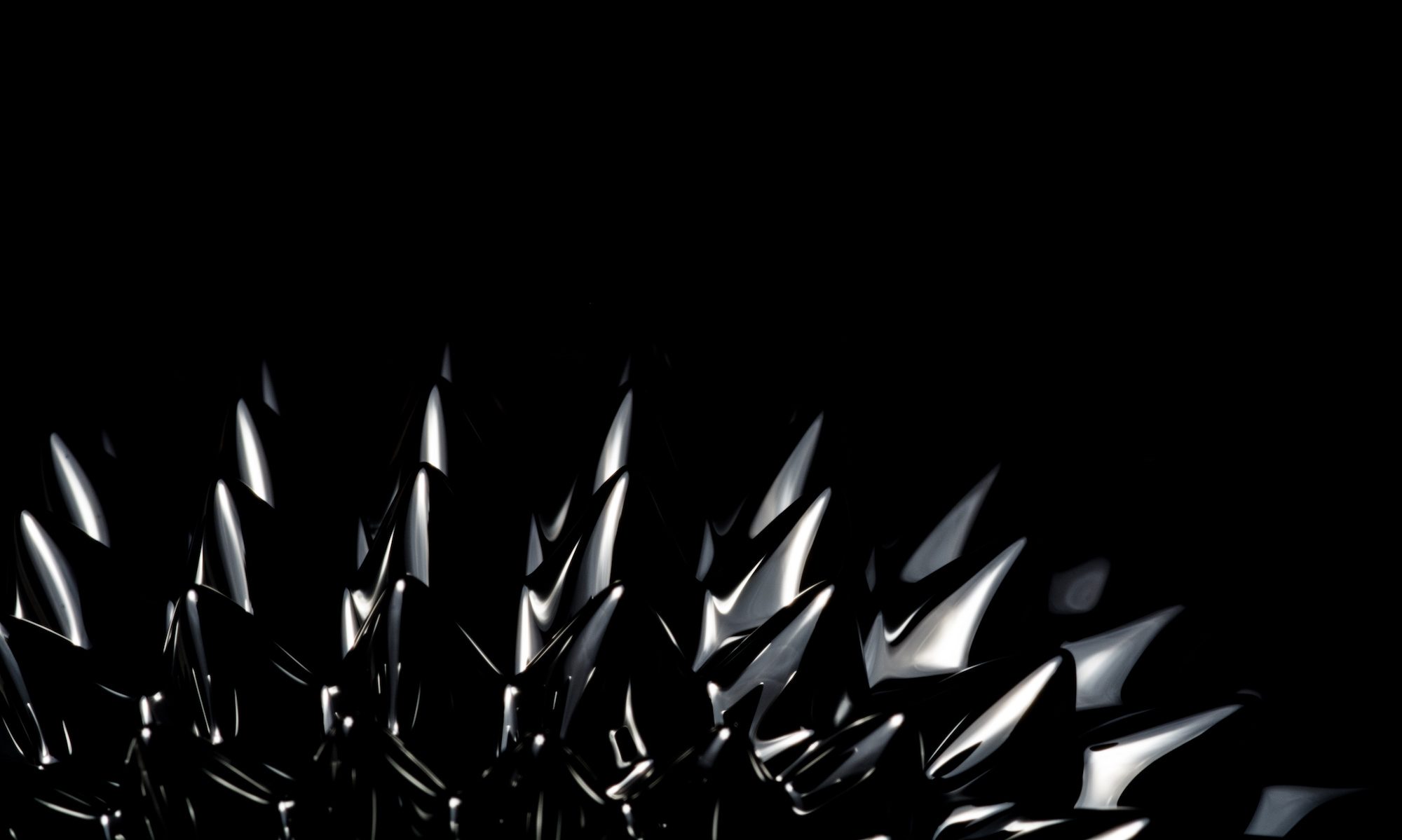NSF DMREF awards 1.2 million to three UF Physics and Chemistry professors
Congratulations to Hai-Ping Cheng (Physics), George Christou (Chemistry) and Xiao-Guang Zhang (Physics), who have received a $1.2 million award from the NSF DMREF program. Inspired by the materials genome initiative, the focus of this joint theory/experiment, physics/chemistry project is the search for and design of novel, nano-structured, multifunctional molecular electronic materials.

University of Florida professors are studying how to make magnetic materials with some of the smallest dimensions possible. Magnetic materials are important for the electronics industry and the ongoing trend towards miniaturization of devices, has made the development of ever-smaller magnets essential. The team, led by Professor Cheng, is studying what are termed single-molecule magnets; these are individual molecules that function as magnets yet are smaller than those of traditional magnetic materials. The team is using advanced computational methods to predict which structures will yield the optimal magnetic properties and they are also studying ways to attach the single-molecule magnets to a surface to introduce certain effects crucial to the potential use of these materials in new technologies.
The project is providing multi-disciplinary training to the participating graduate students and postdoctoral researchers, research opportunities for high school students through the University of Florida’s Summer Student Training Program, and outreach to the general public through the including “Chemistry Day at the Mall” and “Physics Bus” activities. The team, has demonstrated from first-principles calculations that the quantum capacitance of a small molecule or nanocluster depends upon its magnetic or geometric configuration.
The research team now is focusing on synthesizing high nuclearity manganese carboxylate clusters with various ligands and correlating the structures with the self-capacitance of the clusters and the magnetic field needed for a low-spin state to a high-spin state transition. The group is using first-principles calculations to predict the effects of changing carboxylate ligands on the magnetic states of high nuclearity manganese clusters and the effects of support surfaces (e.g. BN) on the magnetic and electronic properties of these clusters. The team is synthesizing these systems and using various scanning tunneling microscopy, spectroscopic, and electrochemical studies to characterize the “charging” properties of the nanoclusters. By searching through the three basic “genes,” the molecule/cluster, the ligands, and the supporting substrate, the group is quantifying and characterizing how different combinations impact properties, and finding the best combination that produces the largest effect and is most suitable for applications.
